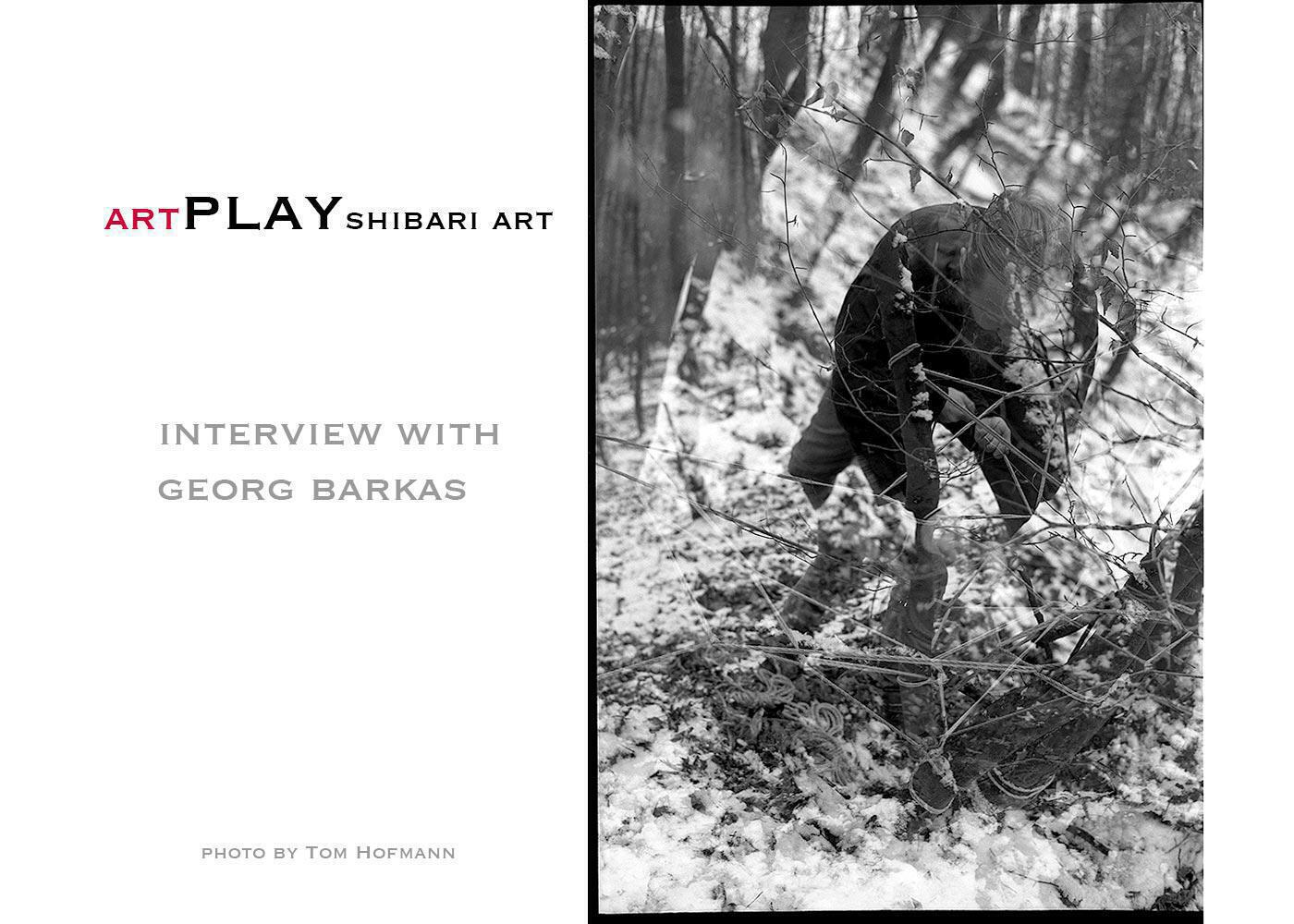
24/7 by Darren Black
July 28, 2018
ECLIPSE Sheri by Gilad Sasporta
July 30, 2018
artPLAY SHIBARI ART
Georg Barkas is a Vancouver based shibari performer, teacher and a mysterious rope artist who doesn’t really like to be photographed during the shibari sessions but prefers an intimate and personal shibari experience. Having academic background he have moved onto being a full time shibari artist and have recently published a book about his experiences, he talks to artPLAYS Julien about his book and his views on kinbaku practice. Interview by Julien Kotobuki – Instagram
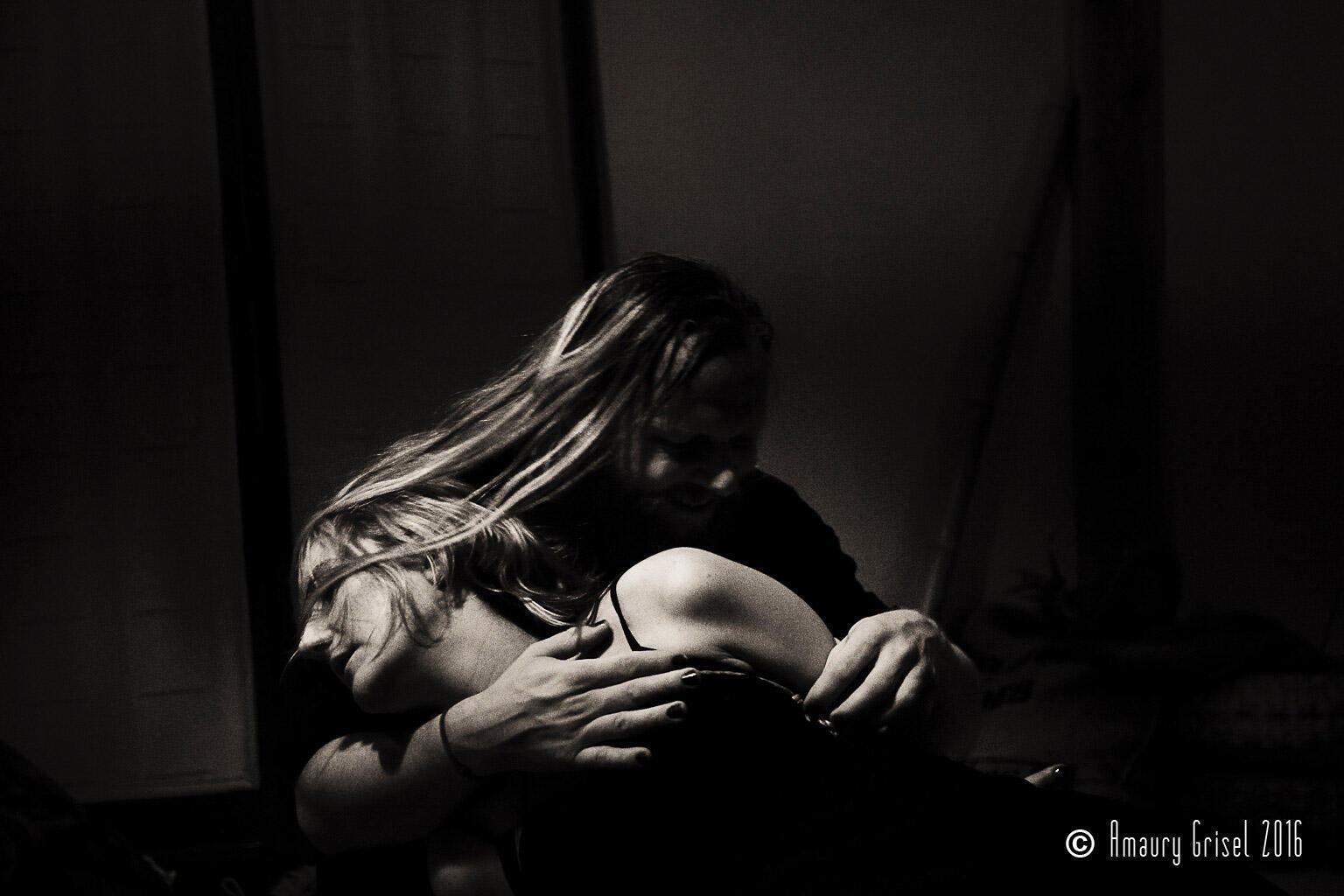
Photo by Amaury Grisel
“What I want to do is give the person in ropes the space to express themselves, to reach their happy space – whatever that space is.”
artPLAY: How would you describe your Shibari practice?
Georg Barkas: I tie for the person in ropes and when I am tied I kind of expect that the tying person’s focus is undivided and on me. In this focus, I would say, since the passing of my Sensei Yukimura Haruki (Japanese Shibari master), I am probably the most patient tying person out there. I don’t need to finish a pattern, I don’t need to create suffering or some spectacular positions like other artists. Therefore I can sit there with the person in ropes and wait until they react to my actions. And everyone reacts. Sooner or later everyone does something and the more surprised someone is by this patience, the more genuine is their reaction. I am happy when I can see traces of bliss on someone’s face.
It is not easy to describe my practice of shibari. When someone needs a a pretty pattern to be happy, then I tie that. Is a stormy and highly dynamic way of tying what someone needs, I will throw them around and dance with them while tying. If the person in ropes just wants to be held and cry a bit, I can facilitate that. Thus, you will see me today completely different then yesterday or tomorrow. I try to teach my students and participants all over the world that it is necessary to fill their toolbox in order to facilitate many different situations. And then to fill those tools with their life, their heart. Was that the question?
artPLAY: Coming from an academic background, what made you change from your previous, successful academic career to a new path in Kinbaku?
Georg Barkas: First, my contract at the University expired at a time I earned already enough with shibari to survive only from it. Second, I was a bit done with certain politics in academia. It is very hard to survive there. You apply for a one year position at some University and 70% of that year are wasted by writing applications for your next one-year-position somewhere else. And then, one of the places you get are more like an academic coffin nail. Third, I had a disagreement with my professor who wanted me to write the history of big white male pioneers of mathematical physics, whereas I wrote about the politics of it. At some point we couldn’t really work with each other anymore. I do miss academia sometimes, though.
artPLAY: According to you, is shibari more of an artistic, erotic, or SM practice?
Georg Barkas: It is whatever the people practicing it are making of it. It is all at once but none of the listed alone. It always has an artistic potential, an erotic potential, a sportive potential, and so on. Some people put more focus on this or that. The practice itself does not exist without the people practicing it and hence those people will embed the practice into their worldview and vice versa. There are, especially in this early stage of the field of shibari, many people who try to put themselves into key positions by claiming that shibari/kinbaku must be this or that for everyone. They get their group of followers and some are stable but many disappear again into their daily jobs and families and other social constructs that don’t allow the time-consuming practice of shibari and community building. That is sometimes a pity but mostly not.
artPLAY: Could you talk to us about your book in a few words?
Georg Barkas: Its hard to put it in a few words. A conglomerate of ideas merged into a little book of reflections. An homage to my personal heroes of thinking, among others Michel Foucault, Jacques Derrida, Roland Barthes.
I can’t do something without thinking about it and, since the borders of my world are the borders of our language, therefore a linguistic approach seems obvious to me. Why do I practice rope bondage? What am I doing during this practice? Who is doing what as a combination of the old question who or what? I guess, everyone is implicitly interested in this question. I had the luck that no one asked it in the context of rope bondage before. So, by asking myself who I am when I tie with someone, I automatically ask who the person is with whom I tie. And who is someone other than what they have experienced. Not as a series of their past events but rather as a conglomerate of their past experiences. And asking this question doesn’t stop while we are tying with each other. It just changes its language. “Who are you?” as an archaeology of your personality. It seems obvious to me.
The book itself is the construction of this thought. How do I get to this question within the practice of rope bondage. I must say that after I have finished the book and after my partner Addie helped me editing it, i.e. translating it from “my” English to proper English, I was a bit empty and I asked myself “Now what? Where does it go now?” And to my surprise, I realized that the thoughts in the book are just scratching on the surface. Many other questions are waiting to be asked. Not necessarily to find answers but rather to reflect on them. How do rope scenes interact with each other? How is my perception of the findings during the archaeological practice? Etc. I am currently working on a continuation of the interview metaphor.
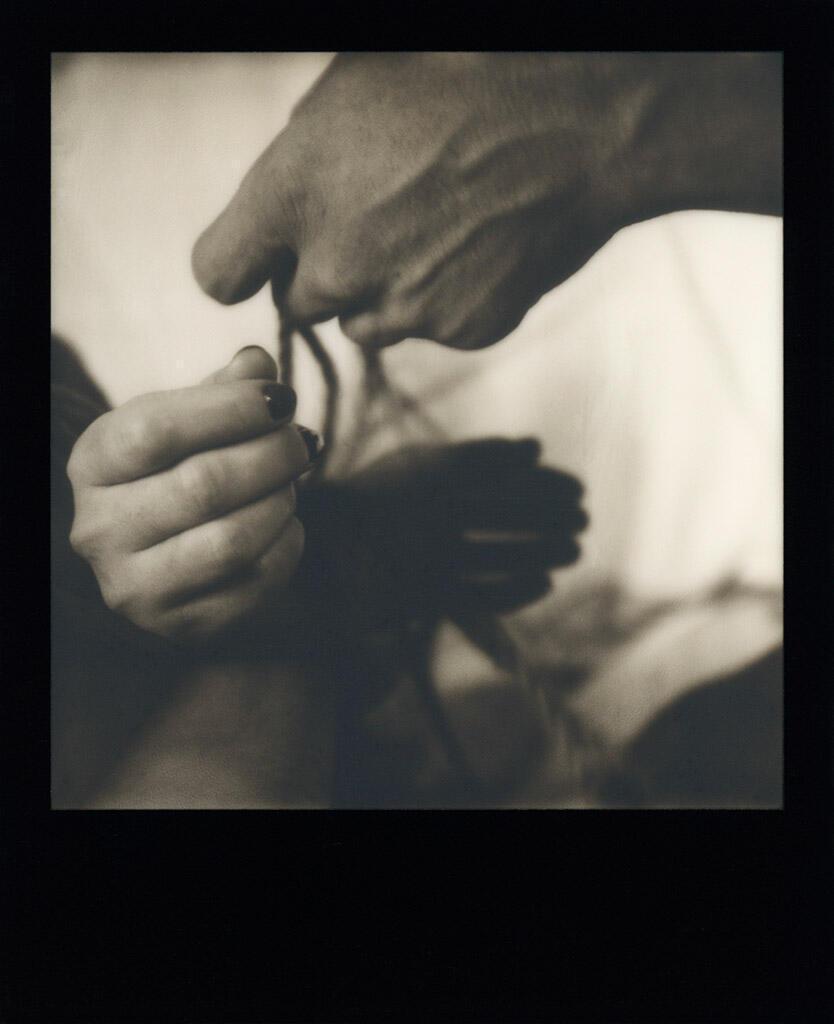
Photo by Tom Hofmann
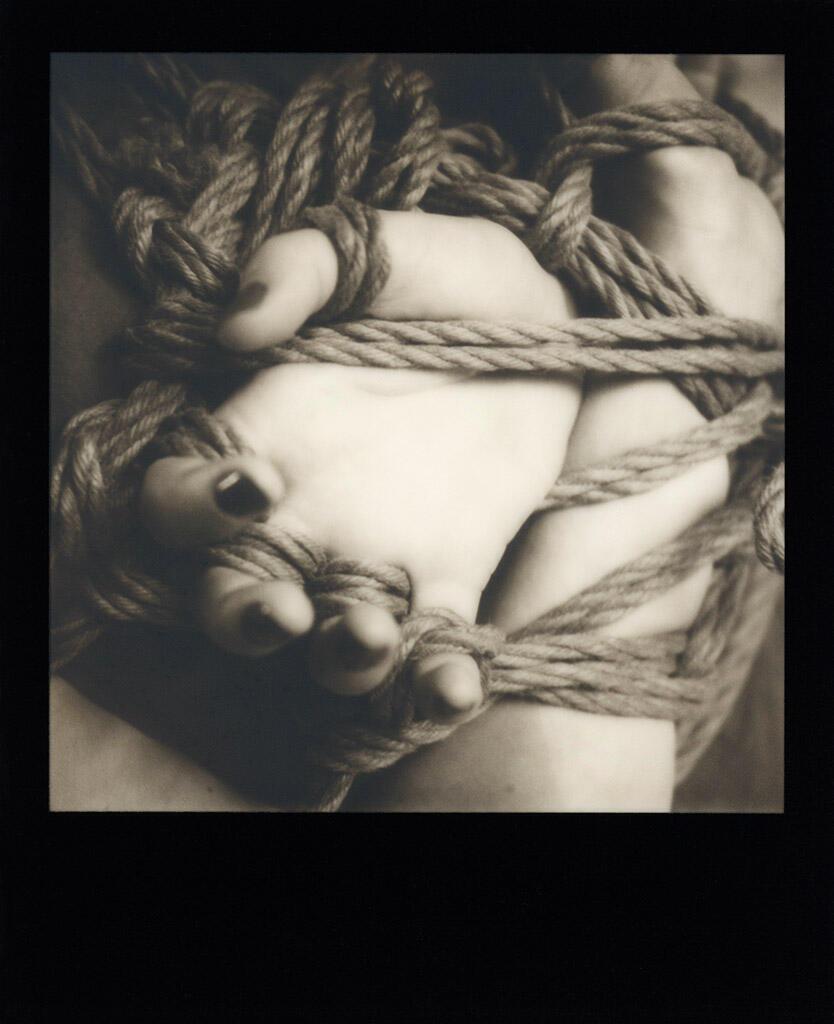
Photo by Tom Hofmann
FIND OUT MORE ABOUT GEORG BARKAS ON:
www.barkaskinbaku.com
www.thespace2.com
www.instagram.com/georg_barkas
www.facebook; /Georg Barkas
www.twitter.com/barkaskinbaku
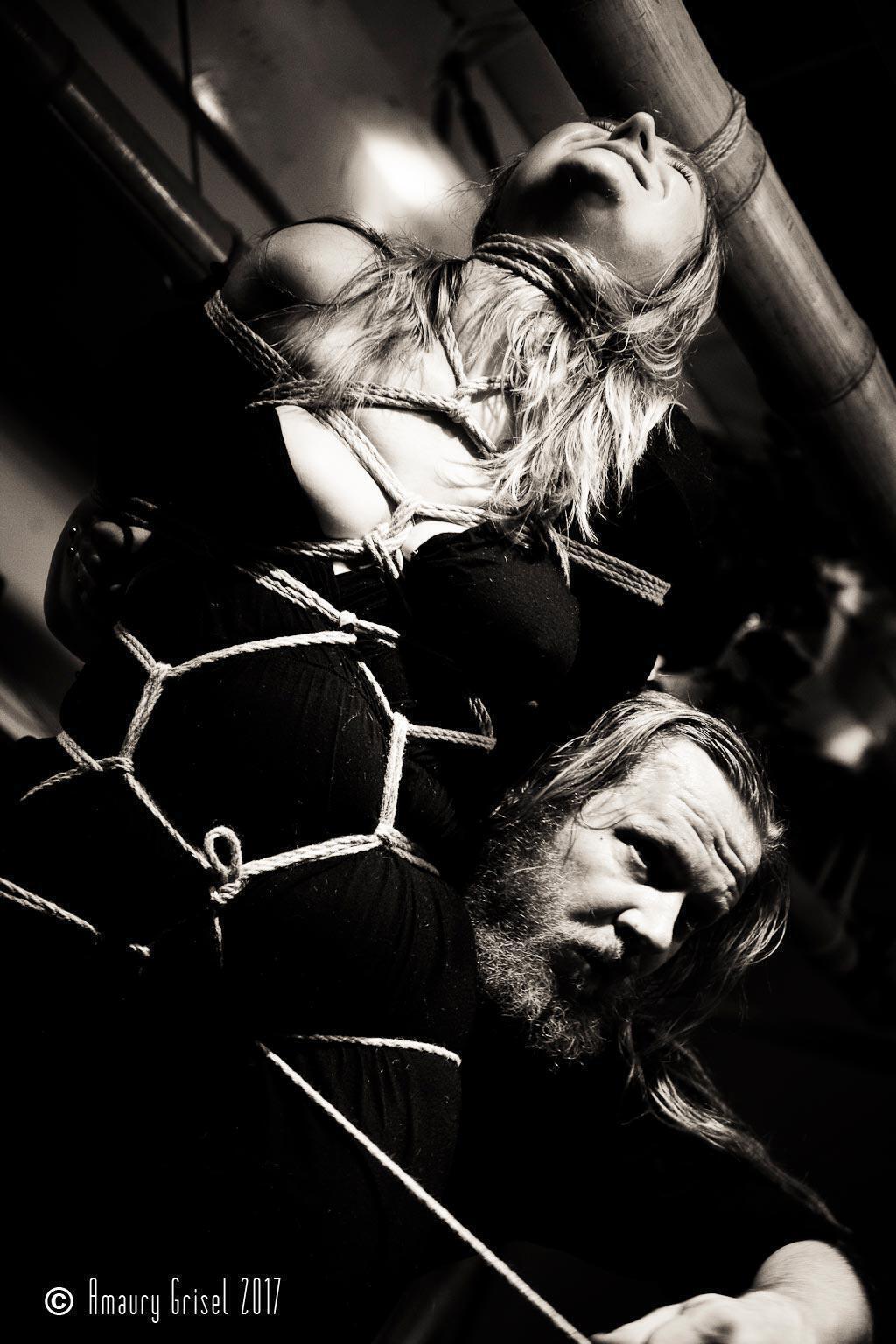
Photo by Amaury Grisel
(C) artPLAY is a source for the creative minds

